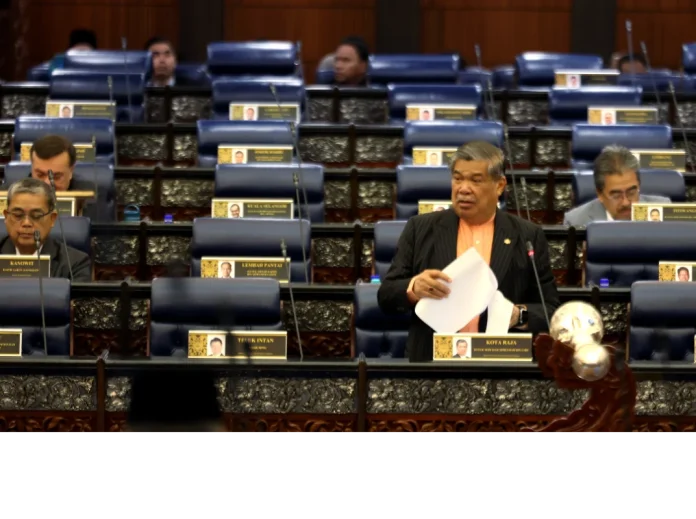Malaysia launches joint initiative to control invasive fish, using catches for fertiliser and feed while updating laws with RM20,000 fines for illegal release.
KUALA LUMPUR: Cooperation between government agencies, non-governmental organisations and local communities is proving effective in controlling the spread of invasive foreign fish species.
Agriculture and Food Security Minister Datuk Seri Mohamad Sabu told Parliament these joint initiatives include converting invasive fish catches into fertiliser or feed for other fish.
He said such programmes are being implemented in rivers dominated by invasive species, including Sungai Klang and several other affected locations.
“NGOs have been working with assistance from the ministry to catch these foreign fish,” Mohamad said during Question Time.
“Some have tried producing fertiliser and so on. Although we have not issued any special certification yet, their private initiatives — if they can be used as fish feed or fertiliser — are very much welcomed.”
The minister confirmed the government is exploring smart monitoring technologies including drones, hydrology sensors and digital mapping to detect invasive fish distribution more accurately.
Mohamad highlighted that invasive species like the suckermouth catfish, locally known as ikan bandaraya, threaten biodiversity and communities dependent on river resources.
“I often cast nets in rivers near KLIA. I throw the net several times, and it’s always ikan bandaraya that get caught. Other fish have almost disappeared,” he shared.
Control measures have contributed to increased national inland fisheries landings, with 9,653 metric tons worth RM191 million recorded in 2024 compared to 9,434 metric tons in 2023.
The Fisheries Department has conducted 31 culling programmes since 2022, removing 8.8 metric tons of foreign fish through NGO and community cooperation.
Authorities are updating the Fisheries (Riverine) Rules to include bans on releasing foreign fish with fines up to RM20,000.
Separately, Mohamad announced the government is drafting fisheries regulations to protect endangered marine species like dugongs.
The new regulations will detail management procedures for controlling tourism activities and designating restricted zones to prevent habitat conflicts.
Protected waters are expected to expand by 1,508 square kilometres, representing approximately 0.28% of national waters.
The Fisheries Department has conducted joint enforcement patrols with maritime agencies and installed marker buoys around dugong habitats.
Public awareness programmes and training for fisherfolk and tourism operators aim to foster understanding of dugong conservation importance.







